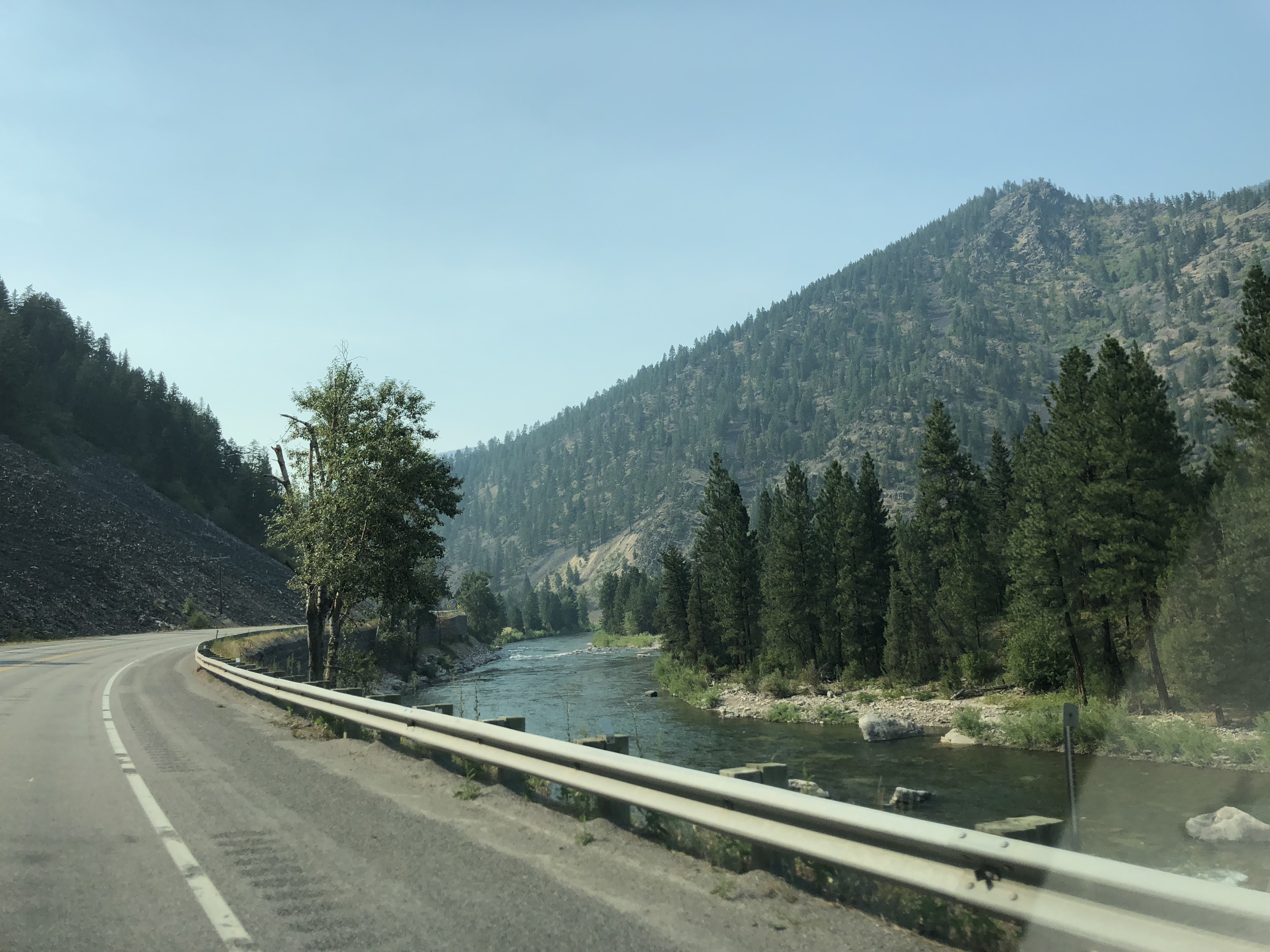Montana is a big state, larger than the whole of Japan. Like Wyoming, it’s a state with wide open spaces and not that many people in them. Heading north from Yellowstone, we passed ranch after ranch after ranch.
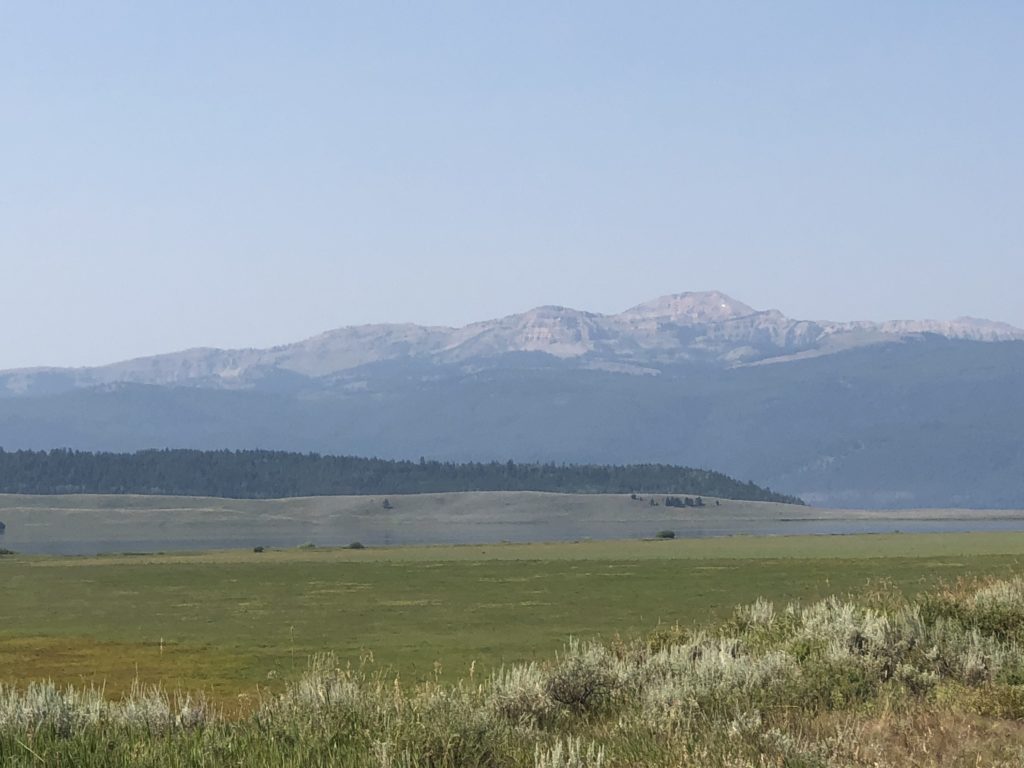
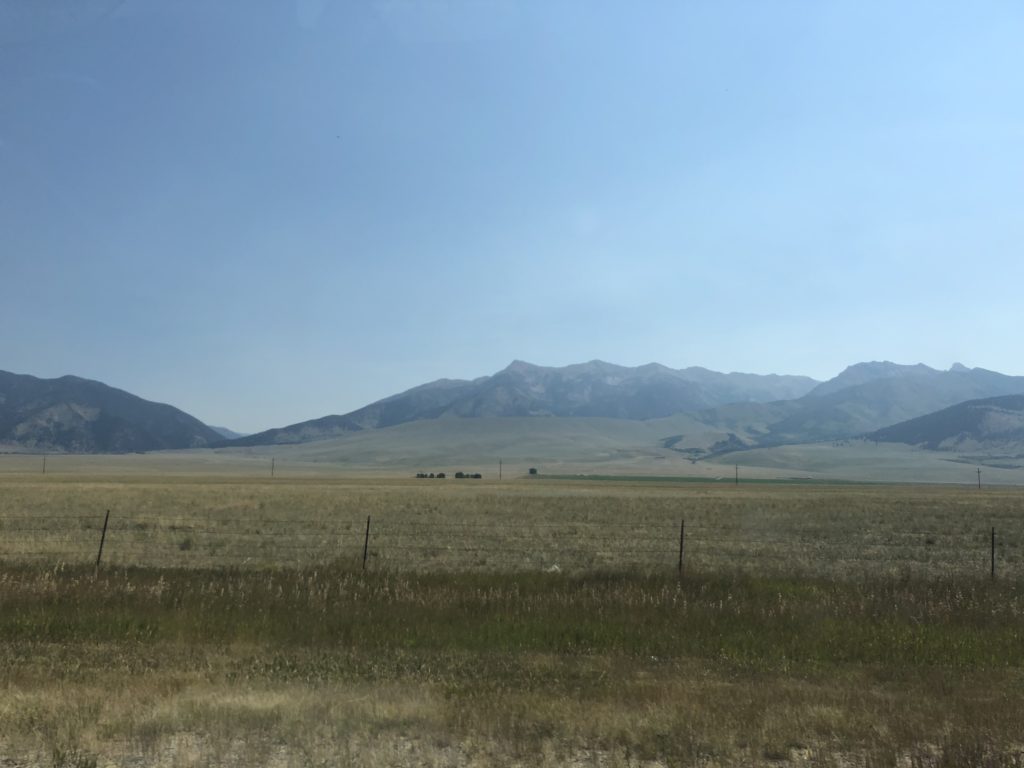
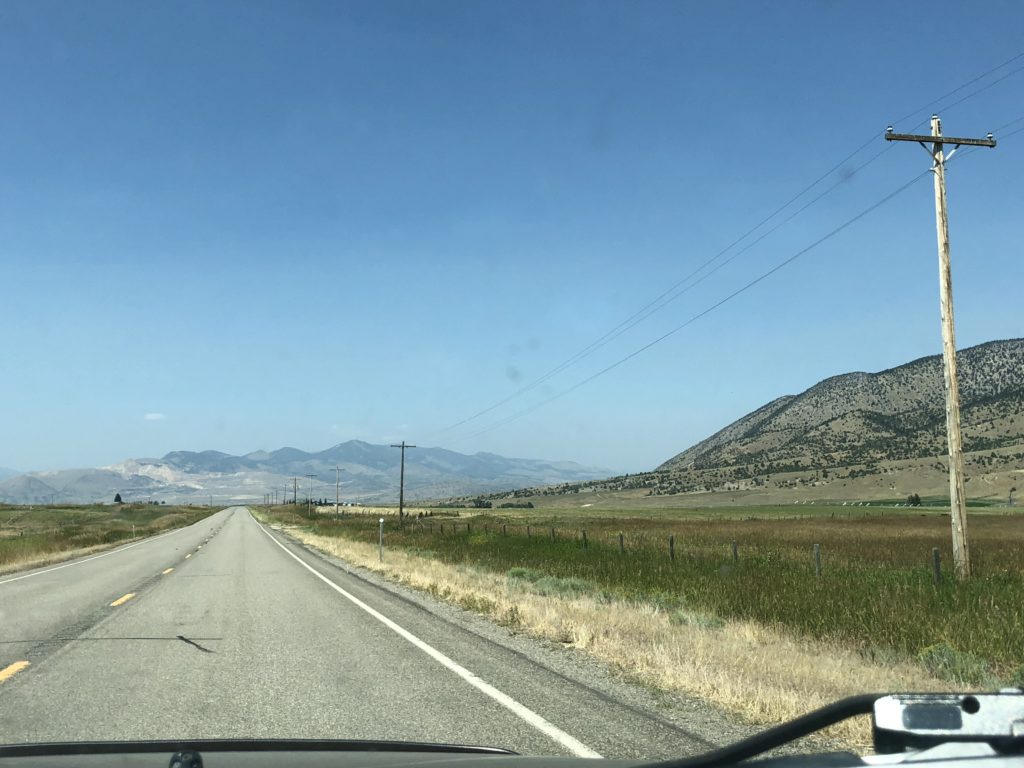
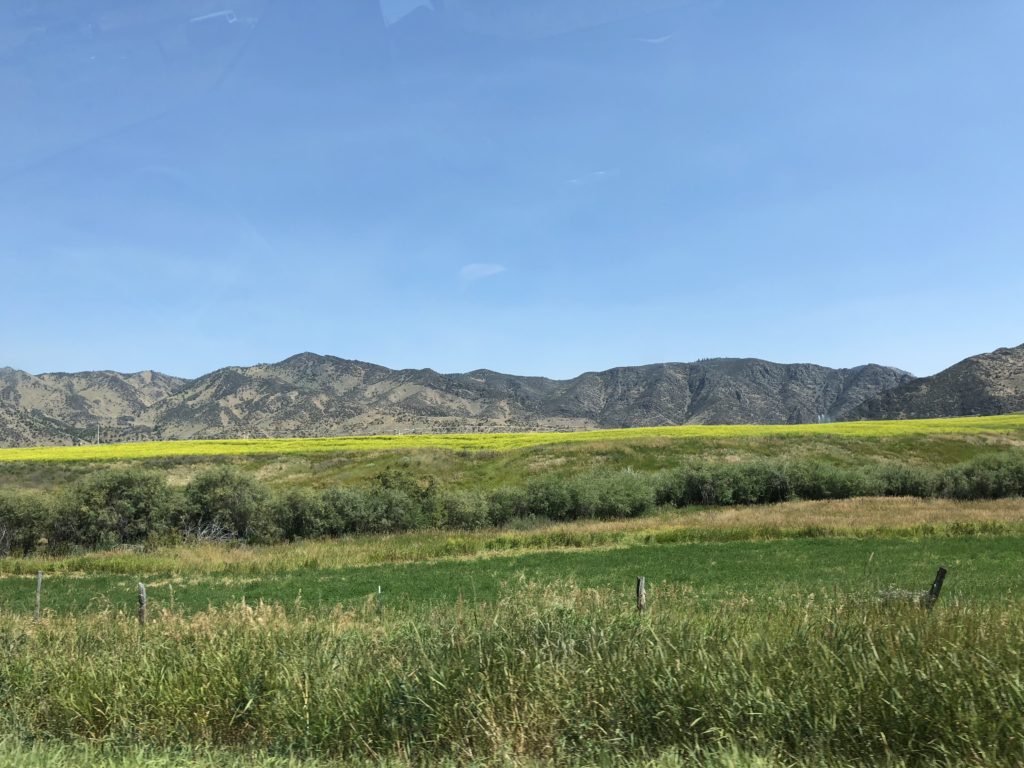
We misjudged the distance between two towns – the state is just that big – and rolled into a town called Ennis on prayers and petrol fumes. In celebration of our luck, we smashed a diner-style meal at Ennis Cafe including a turkey sandwich with mash & gravy and fried chicken strips.
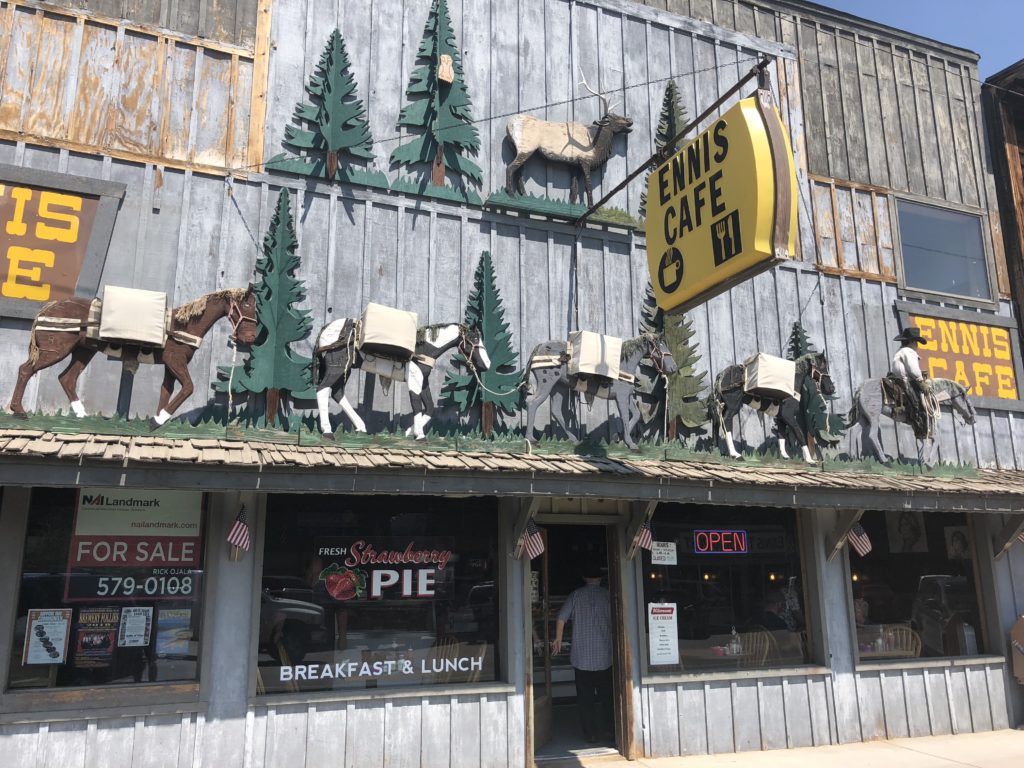
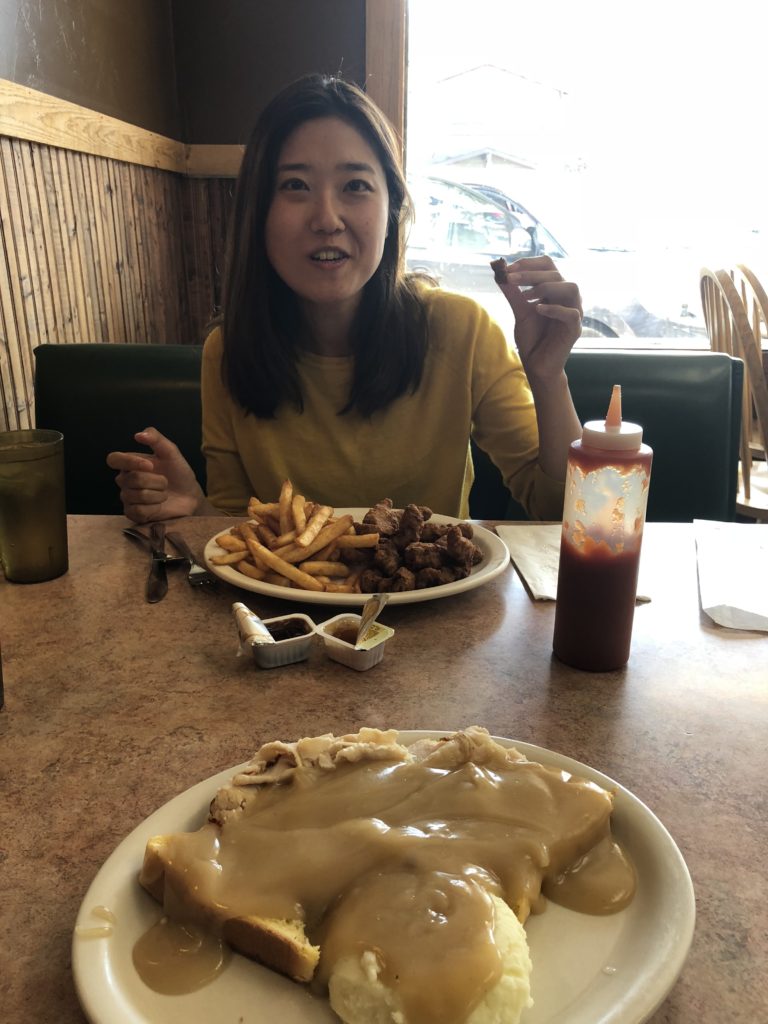
We had three main stops planned on our route northward through Montana to Glacier National Park. The first was a town called Butte (pop:34,000), once known as ‘the richest hill on earth’. The story of Butte (said: ‘boot’) is all about copper. In the 1880s, Marcus Daly, a geologist working in the area, spotted the presence of the reddish orange metal in the output of a small silver mine called Anaconda. He had stumbled onto one of the largest copper deposits in history. He bought the mine, and quietly amassed a number of neighboring mines as the silver ran out and owners were looking to move on. He turned up the output of copper, caught the rising copper price, and made a fortune. The story plays out over about 100 years and includes two other copper magnates vying with Daly for dominance, as well as all the big names of the time – Hearsts, Rothchilds, Rockefellers. The Anaconda Copper Mining Company was the consolidated result that emerged and became one of the largest companies in the world (4th largest by one measure). The town of Butte benefited enormously and expanded quickly. But it wasn’t all good news. The company ended up owning all the newspapers in town and threw its weight around. There was all sorts of shenanigans – bribery, stock price manipulation, copper price manipulation. The ‘copper collar’ became the term to describe one’s servitude to the company and the requirement to walk the company’s line.
The original Anaconda mine went through various phases of underground mining (vein mining, block cave mining) but in 1955 the decision was made to switch to open pit mining. This is exactly what it sounds like – digging a huge hole in the ground, which in this case was believed to be more economic and less dangerous. It was called the Berkeley Pit. As the town had been built up around the mine, whole neighborhoods were bought and moved. Berkeley pit became one mile long, half a mile wide, and 540m deep before the mine closed in 1982. The water pumps installed deep underground were turned off and the mine started to fill up with water. So amazingly, right in the heart of the town of Butte, you have an enormous hole in the ground filled with water. Before you imagine a refreshing spot to take a swim on a hot day, the water is full of funny metals and minerals effectively making it toxic. Over 300 geese landed on these waters in the 1990s and never took off again. Now, its a tourist attraction – pay $2 to see the Berkeley pit.
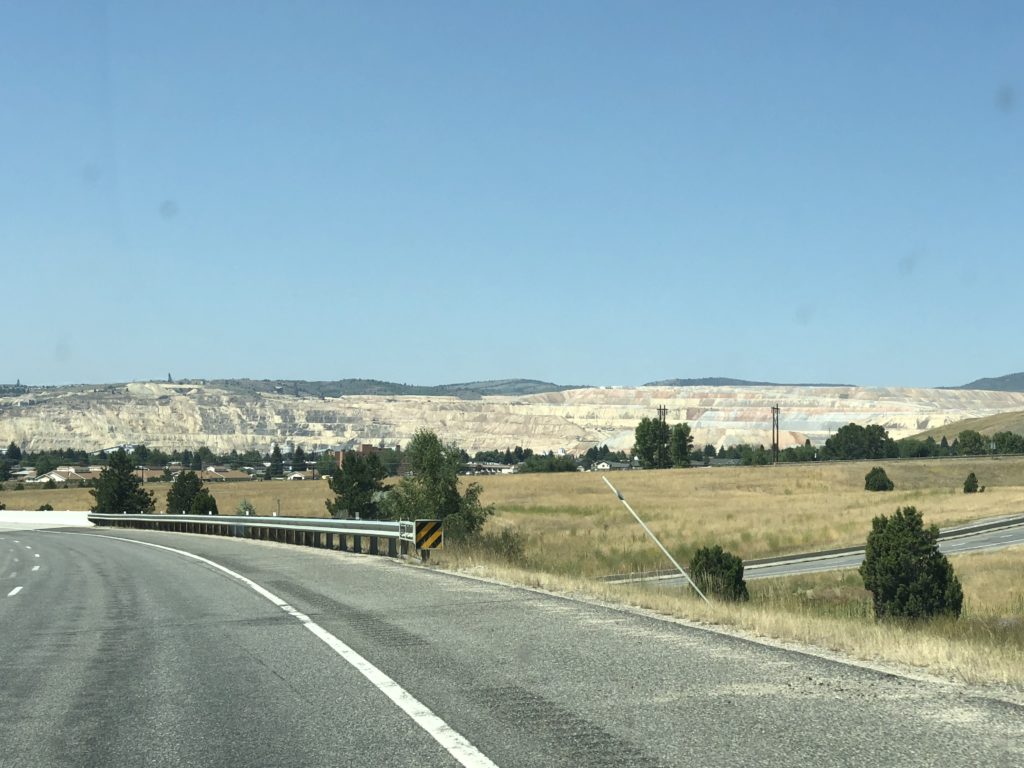
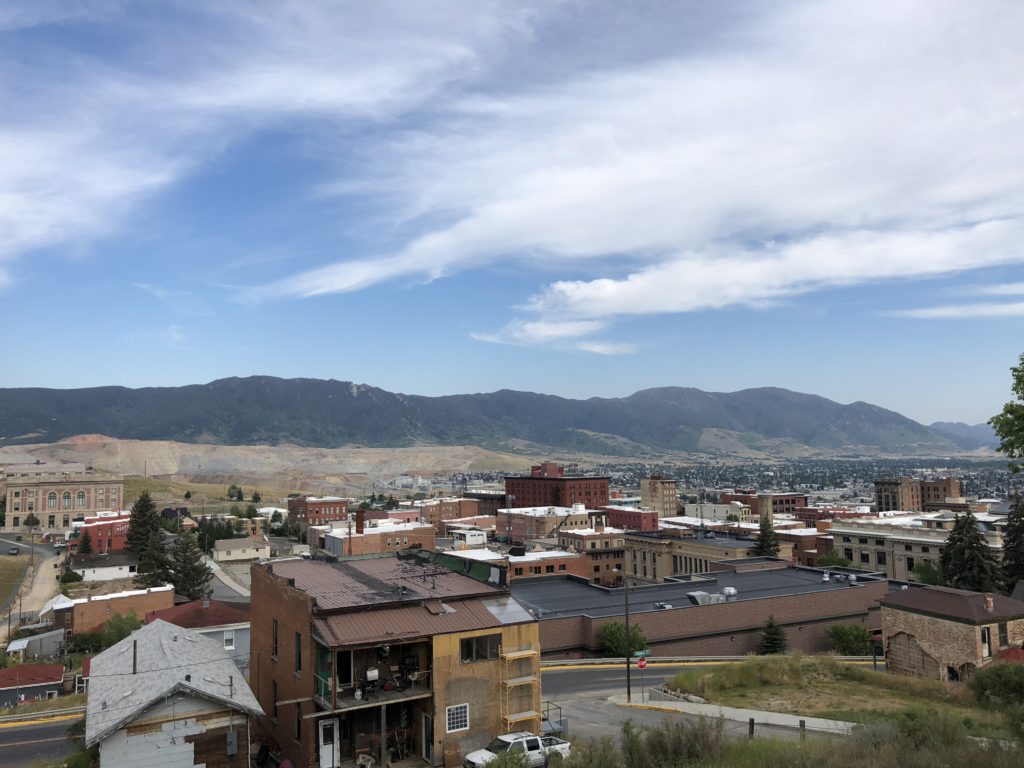
We stayed in an awesome B&B located on Copper Street (why not?)
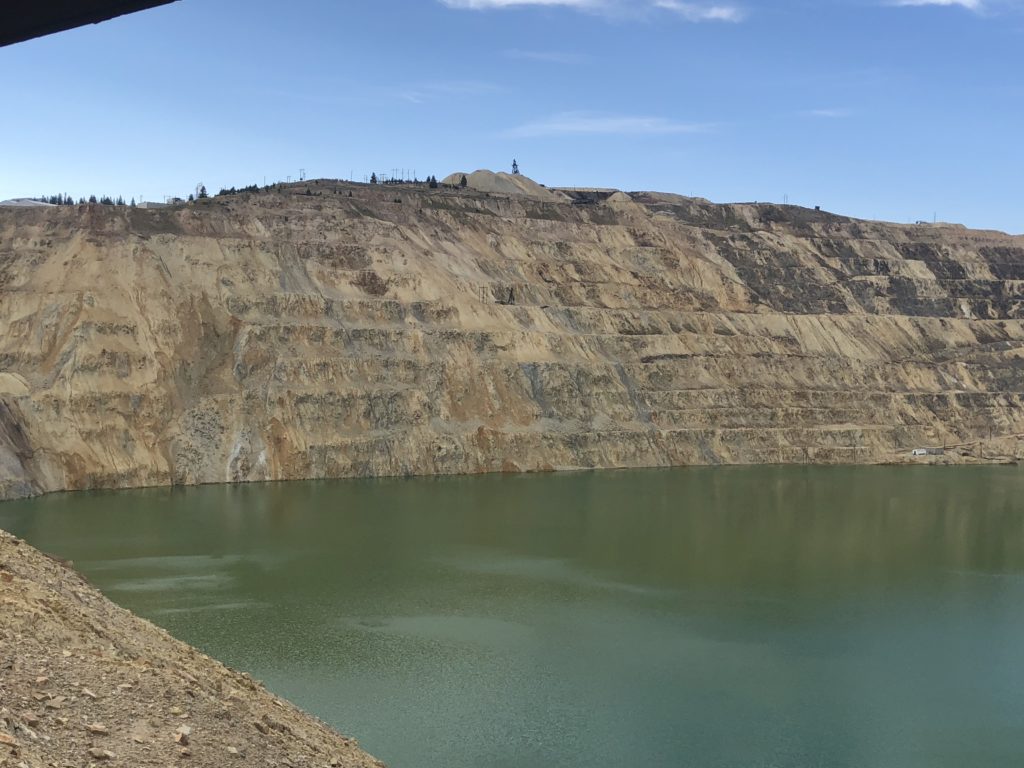
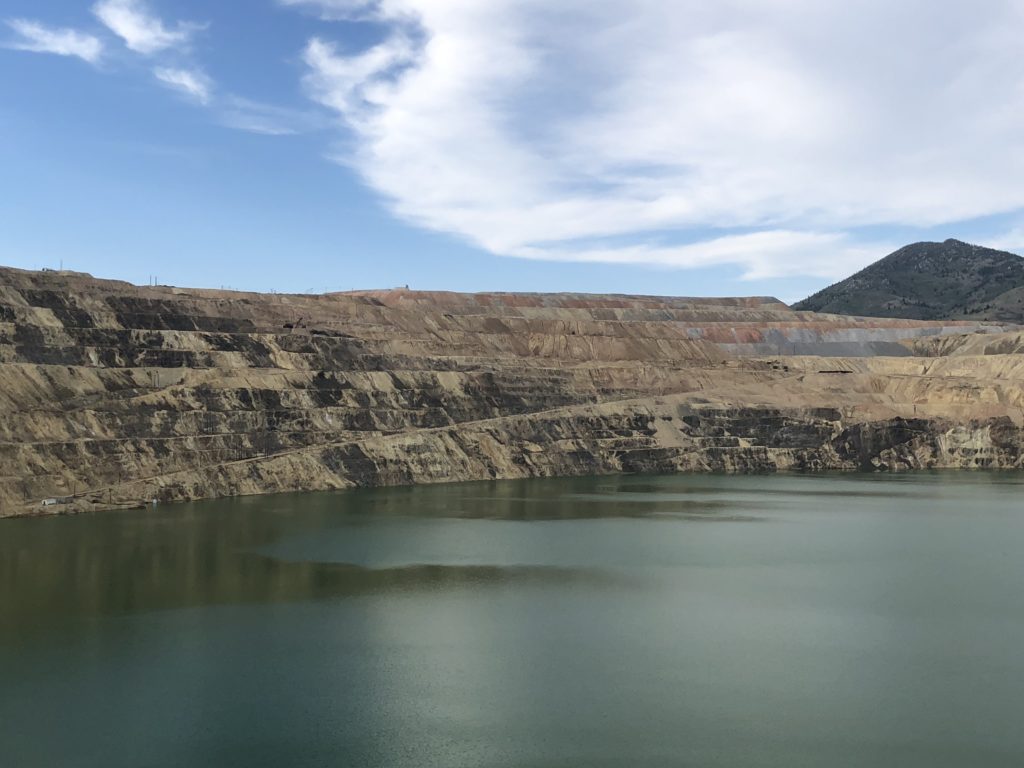
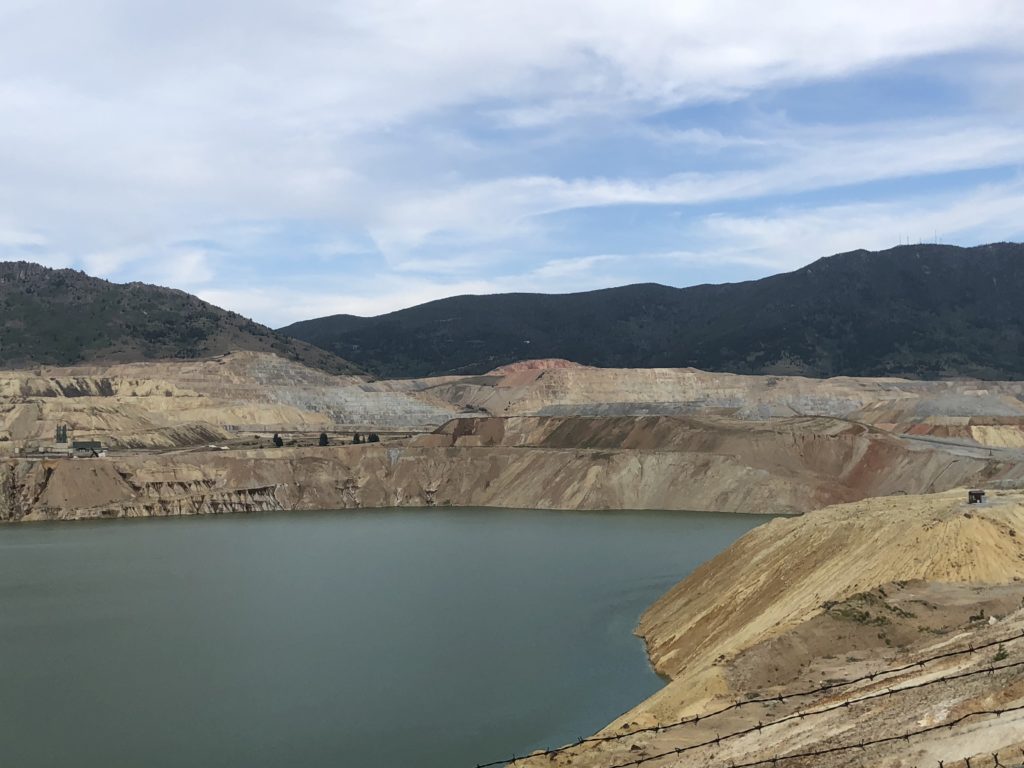
Butte is now home to the World Museum of Mining – a small mining town re-creation with all sorts of interesting stories of life back then. There was a great section on how the mining actually worked deep underground in those days. There’s a bunch of actual old equipment on display (check out the ‘honey pot’), including a huge structure that pulled people and ore up and down the shafts. It was a fun place to spend a few hours.
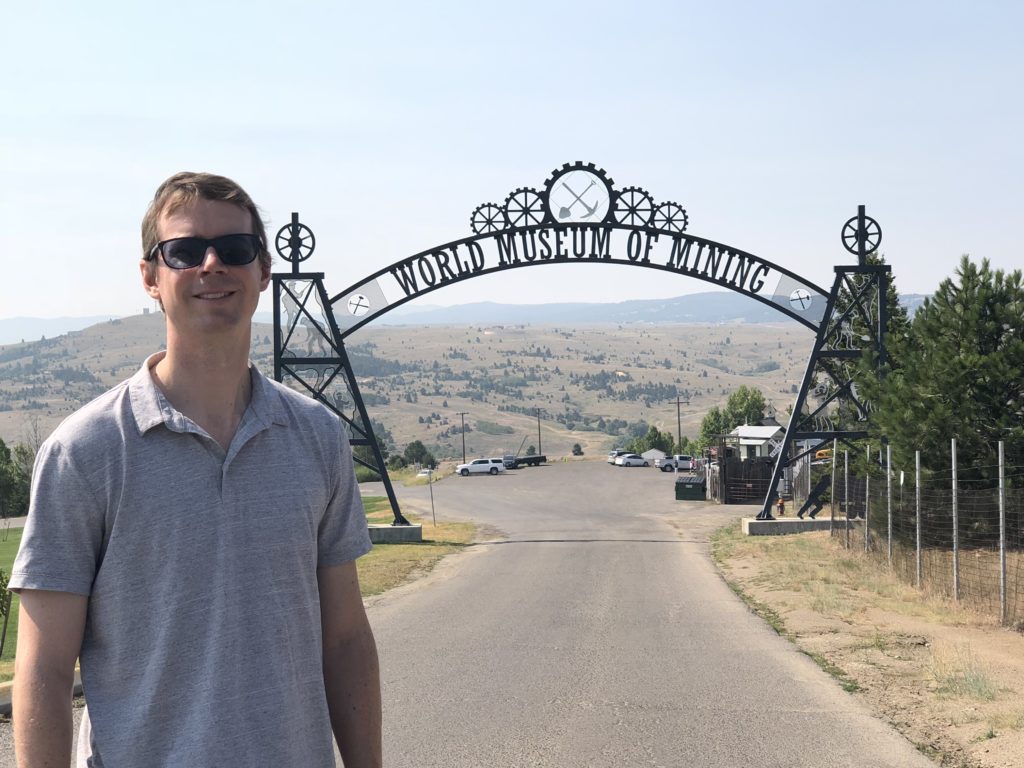
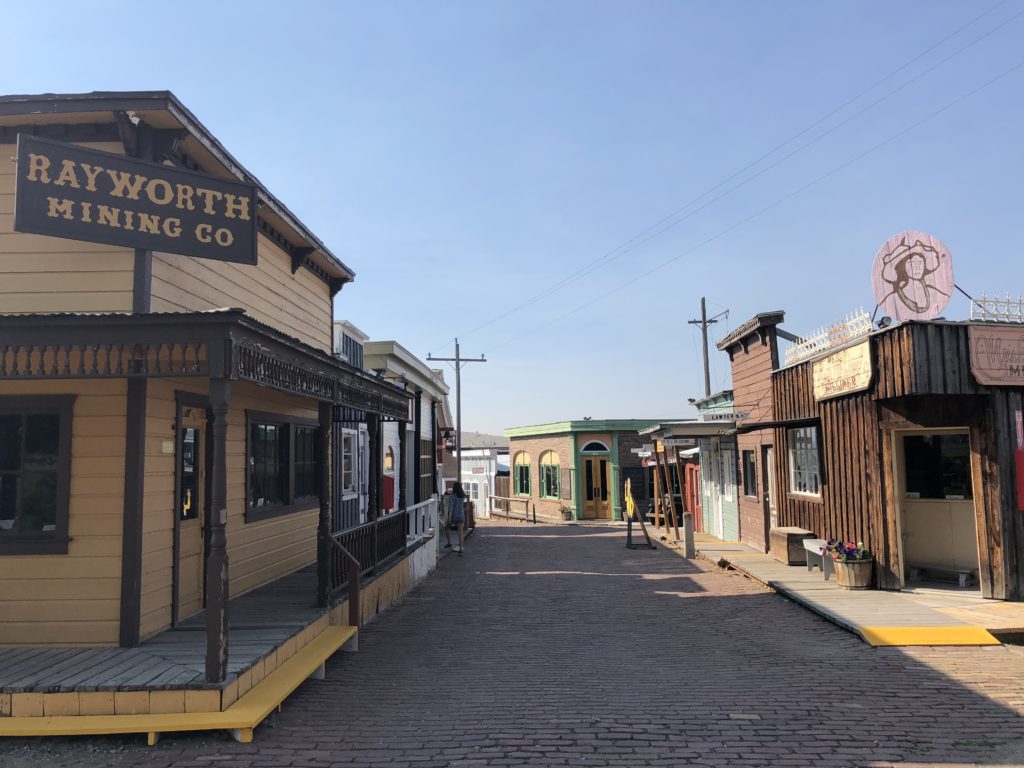
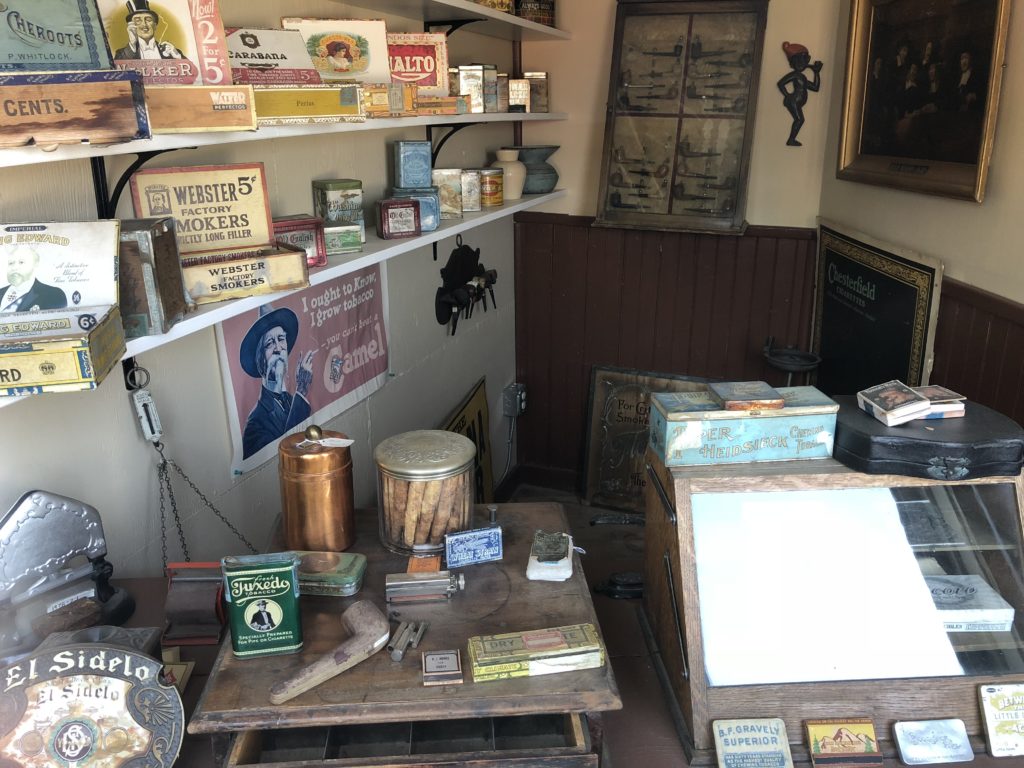

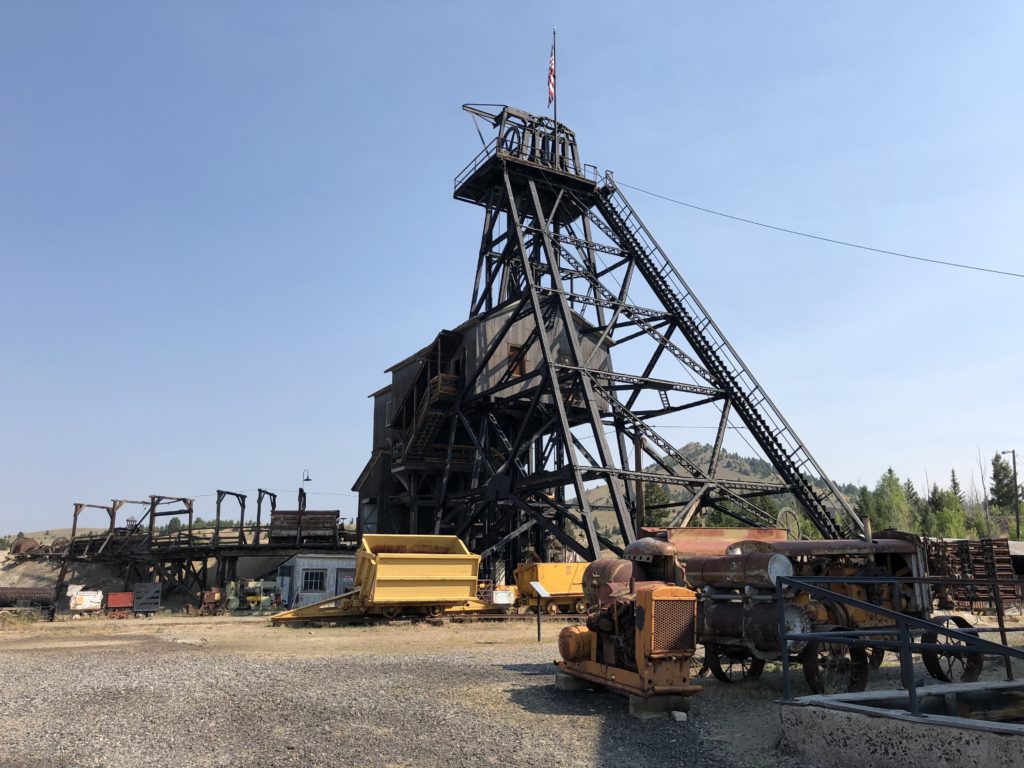
Our next Montana stop was one of the best preserved ghost towns in the country – Garnet. It was founded in 1895, quickly becoming a rich, prosperous gold mining town. At its peak, it was home to over 1,000 people. In 1912, the gold ran out, and the town was abandoned a few years later. After navigating a particularly treacherous road to get there we wandered around the old town. Some of the buildings have been partly restored, but you still get a good sense of the original place. In its heyday it had four food stores, two barbershops, three stables, four hotels ($1-$3 per night), a school, a butchery, a candy shop, and 13 saloons! That’s one saloon for every 77 people. It felt so similar to the fictional mining museum we had just visited – as if it had been constructed for tourists. I had to remind myself that people actually once lived in these structures, a whole town of people.
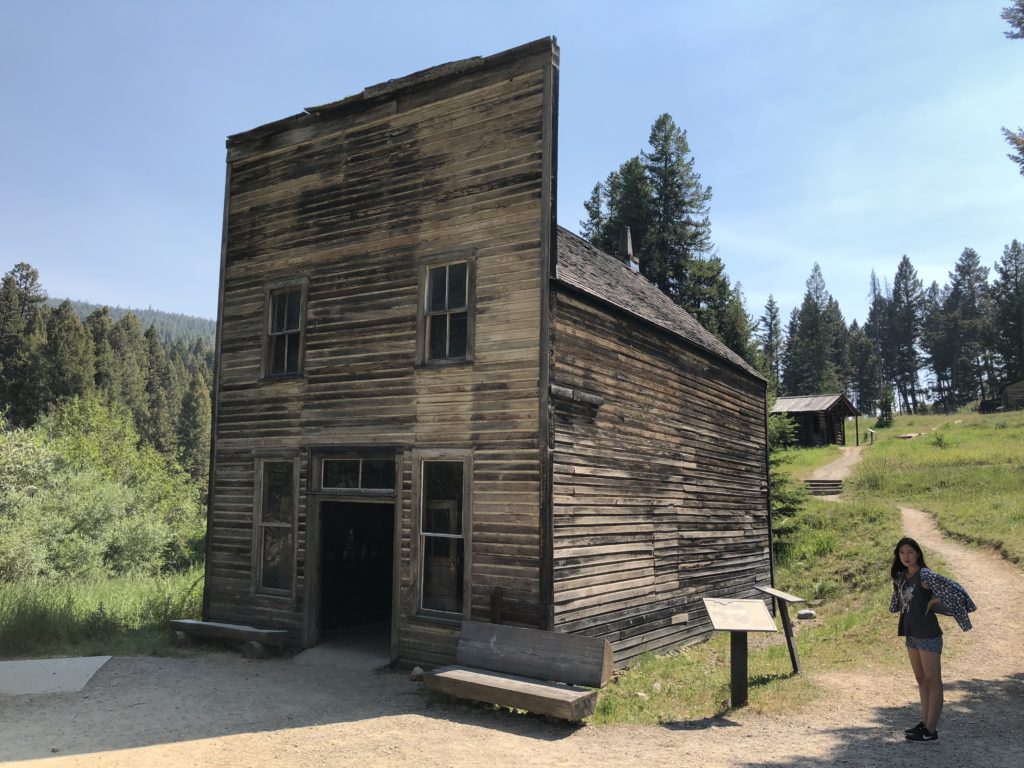
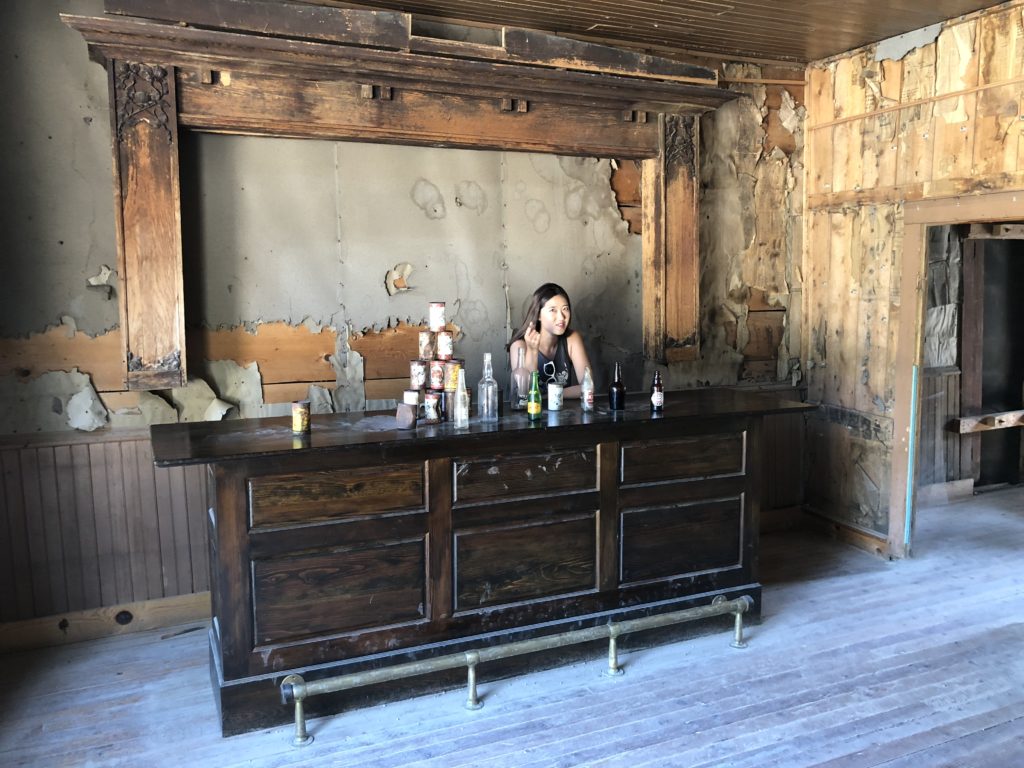
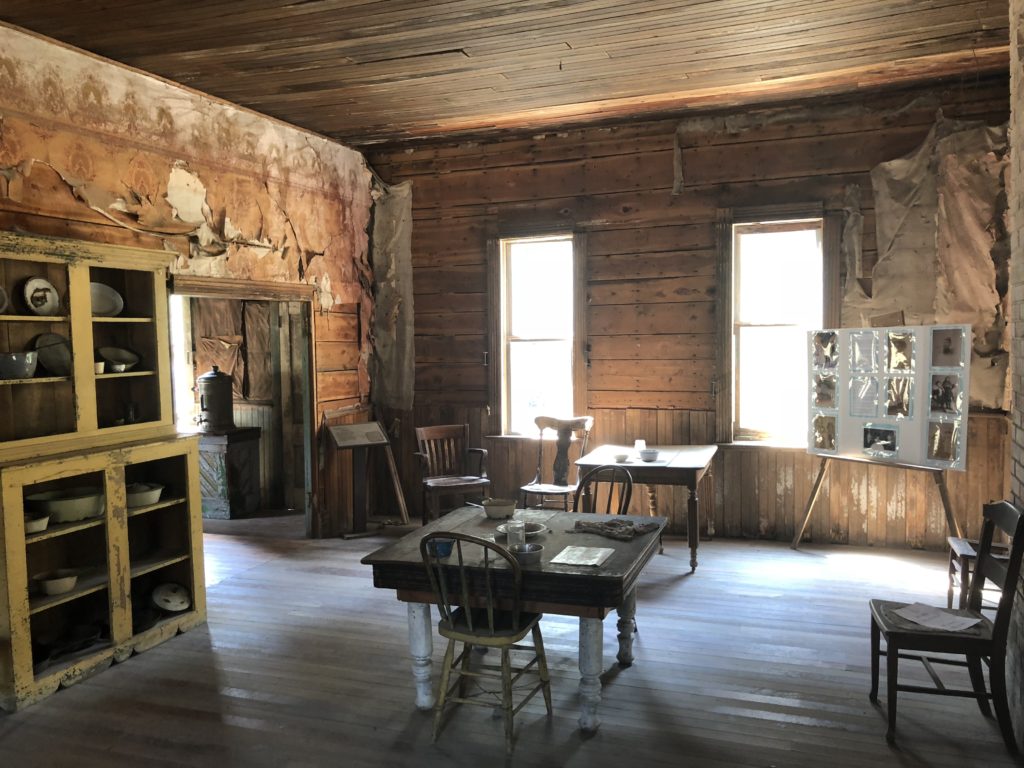
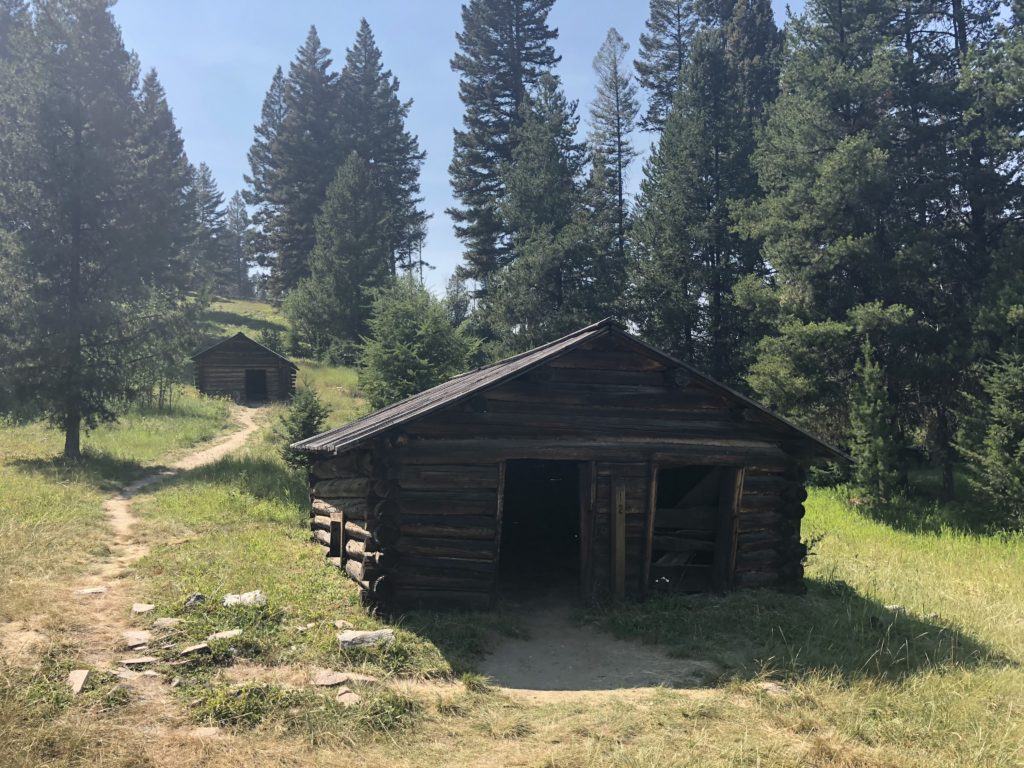
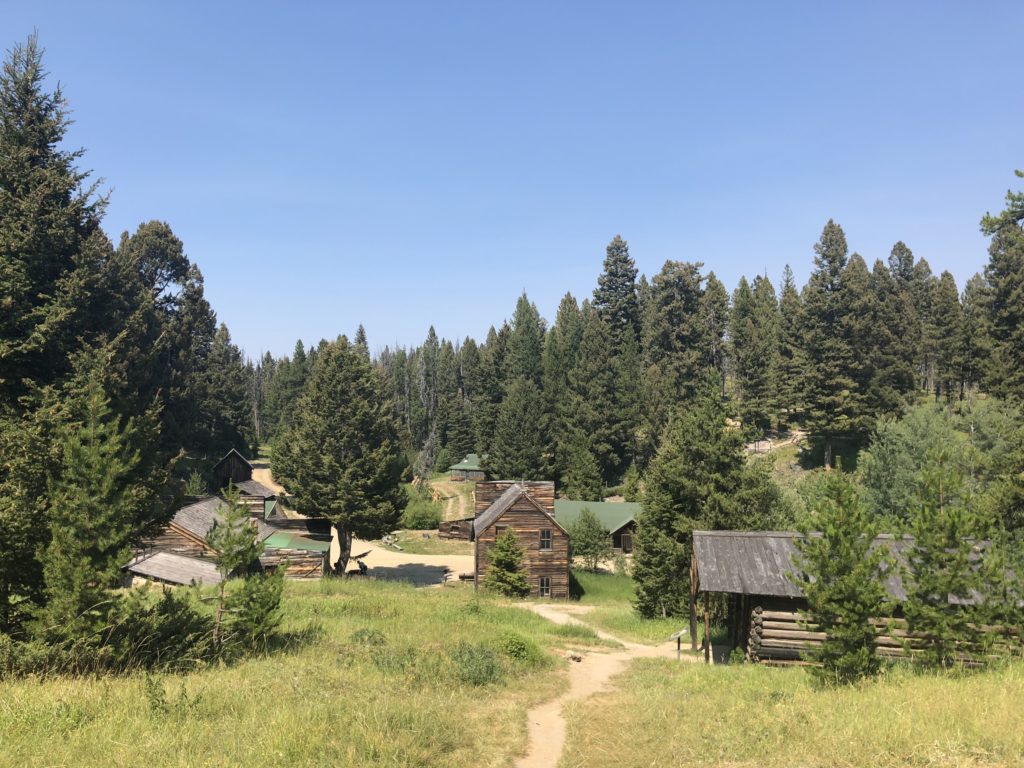
Our last Montana stop before Glacier National Park was in the beautiful town of Missoula (pop: 120,000). Not only is Missoula set at the meeting point of five different valleys (and hence it feels like you are surrounded by mountains from all sides), but its also the confluence of three different rivers. The presence of various different trout species in the waters make this fly fishing central. The film ‘A River Runs Through It’ was actually set in Missoula and filmed nearby. The town was only founded in 1858. Early on, key industries included fur trading and logging. The saw mills have since closed, making way for the town’s current focus on education (home to the University of Montana) and health care.
We picked up a couple bicycles and rode around town, stopping off at the Tamarack brewpub for a pint and some NFL. We stopped at a park overlooking a river rapid that was named in honor of a local youth named Brennan who died in a kayaking accident. The town apparently laid some additional concrete underneath the rapid to create a bigger wave, and we spotted plenty of surfers trying to ride “Brennan’s Wave”. We also spotted the Mobash skate park, funded by Pearl Jam bassist, Jeff Ament (a University of Montana alumnus). There was certainly a student-town feel to the place, in such a beautiful setting.
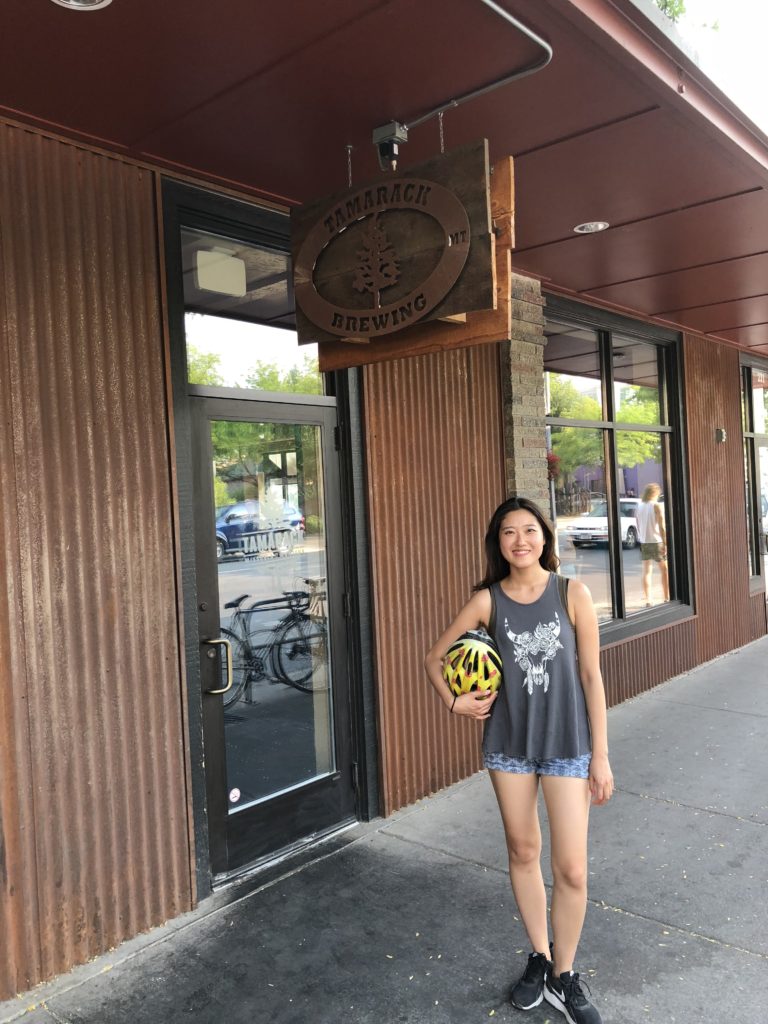
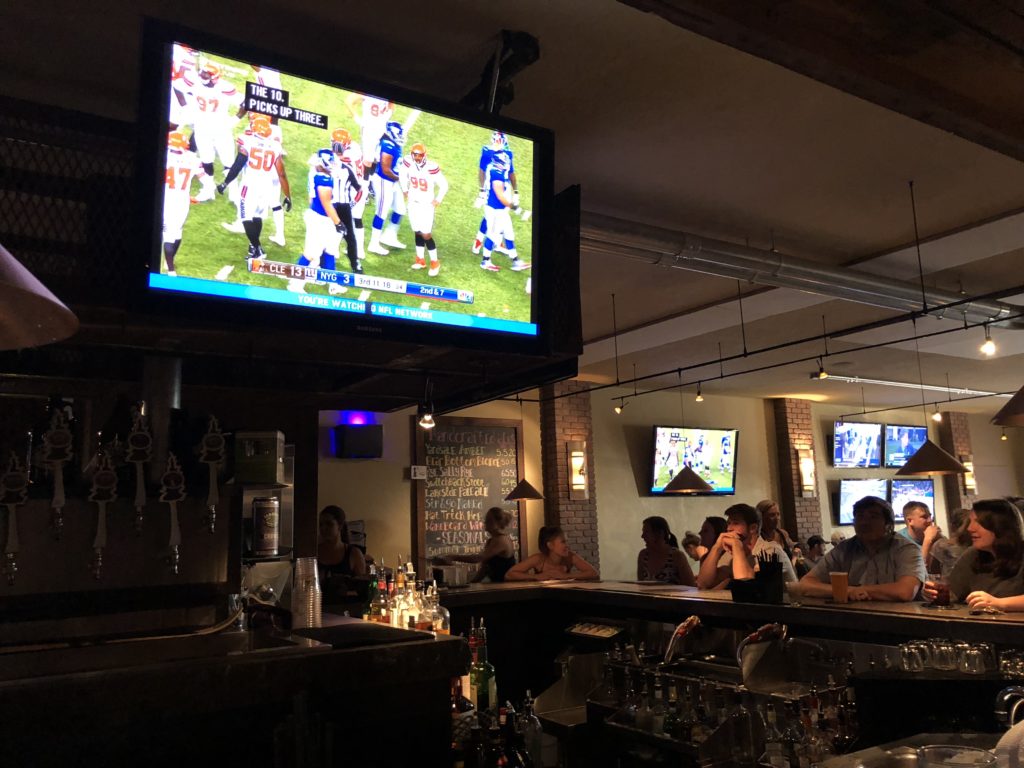

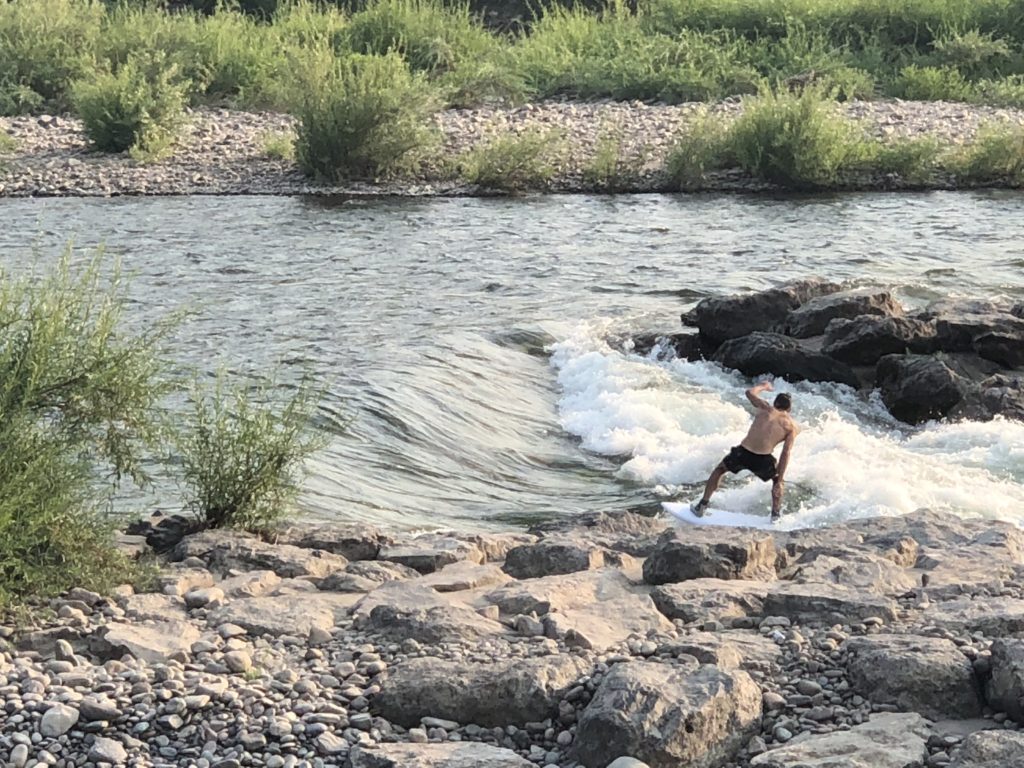
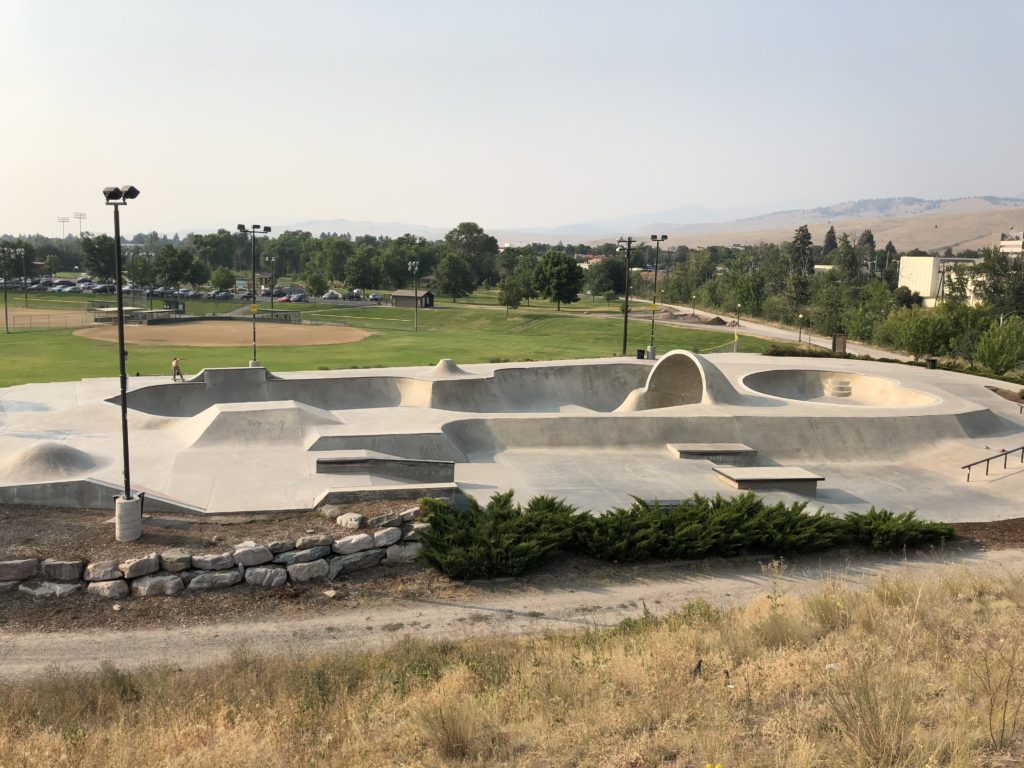
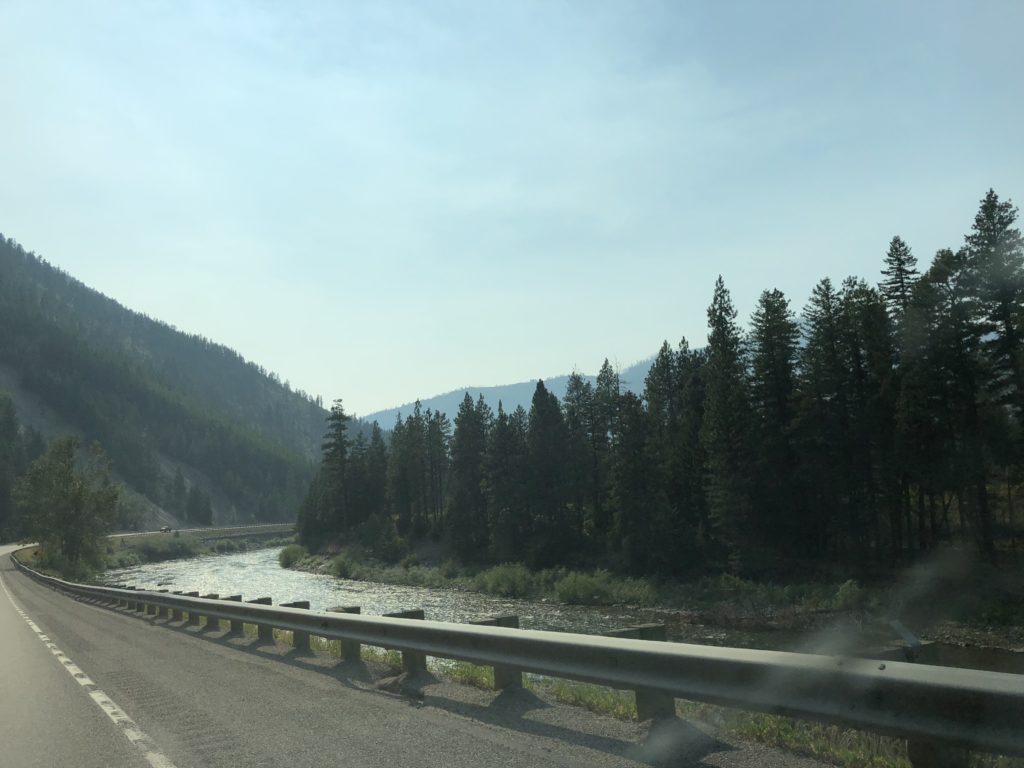
We kept the compass pointing north and made for Glacier National Park.

